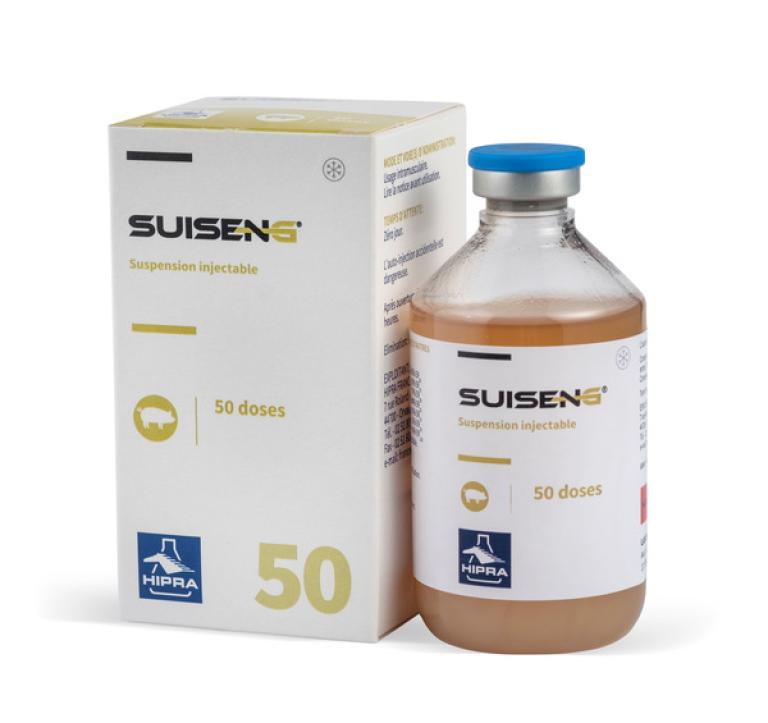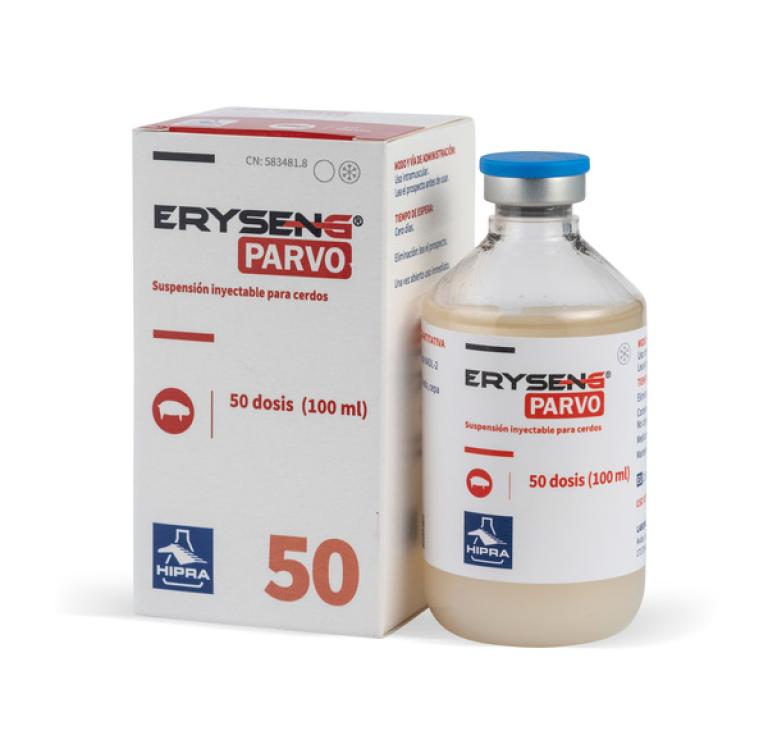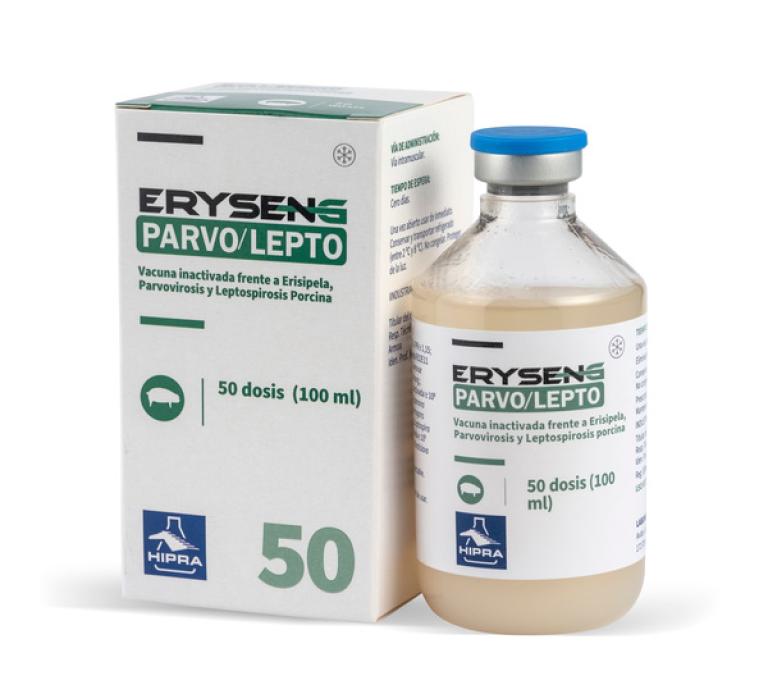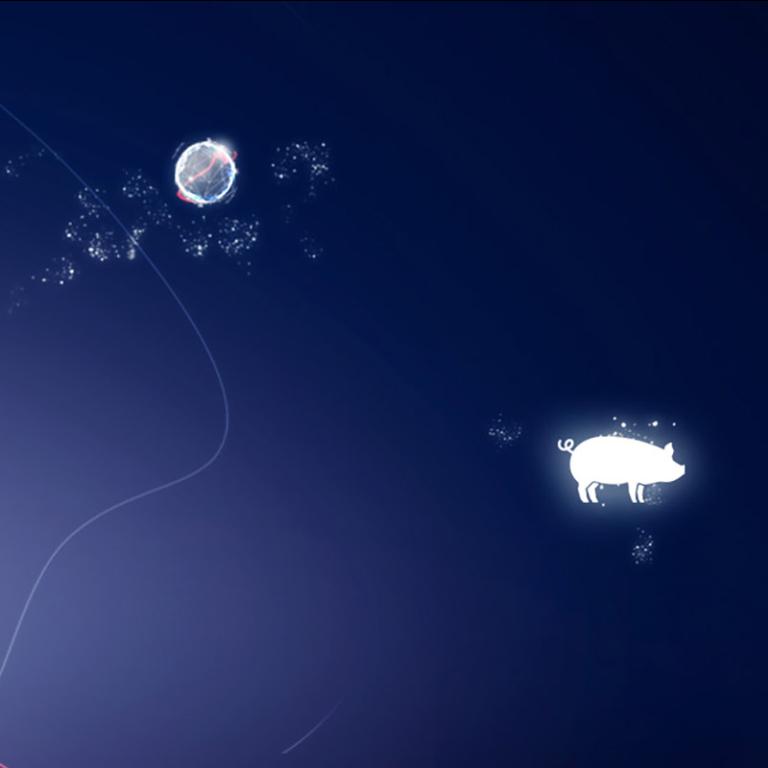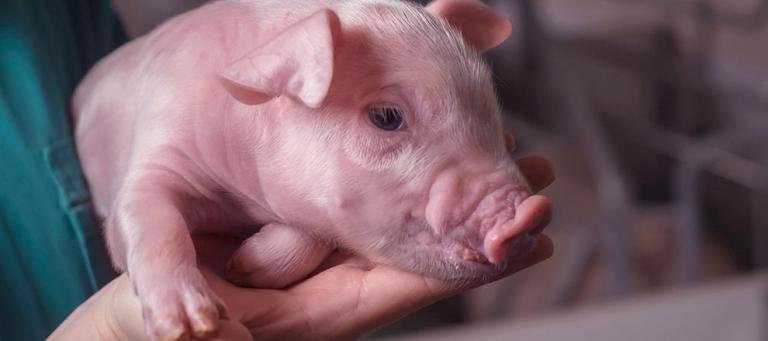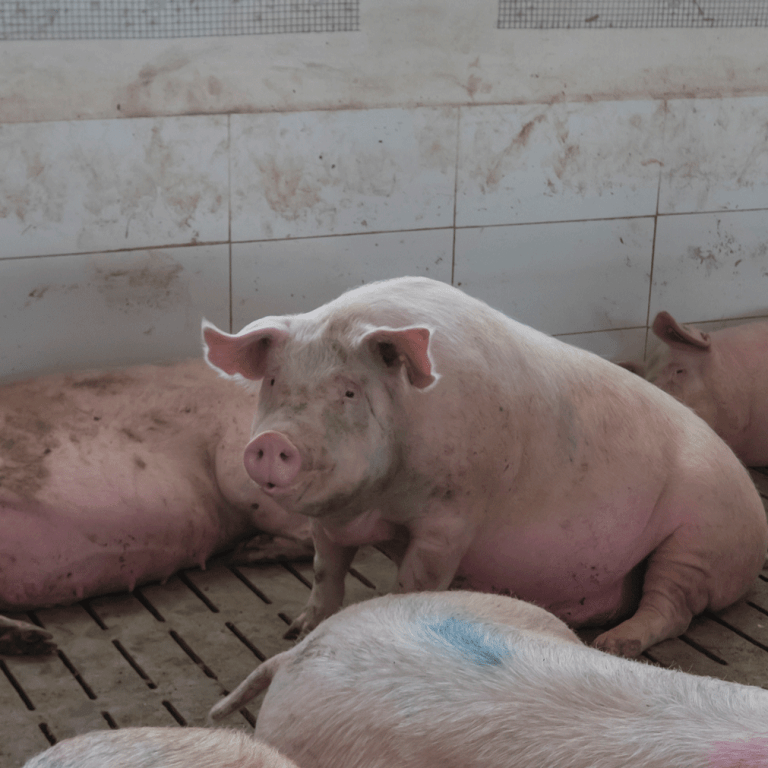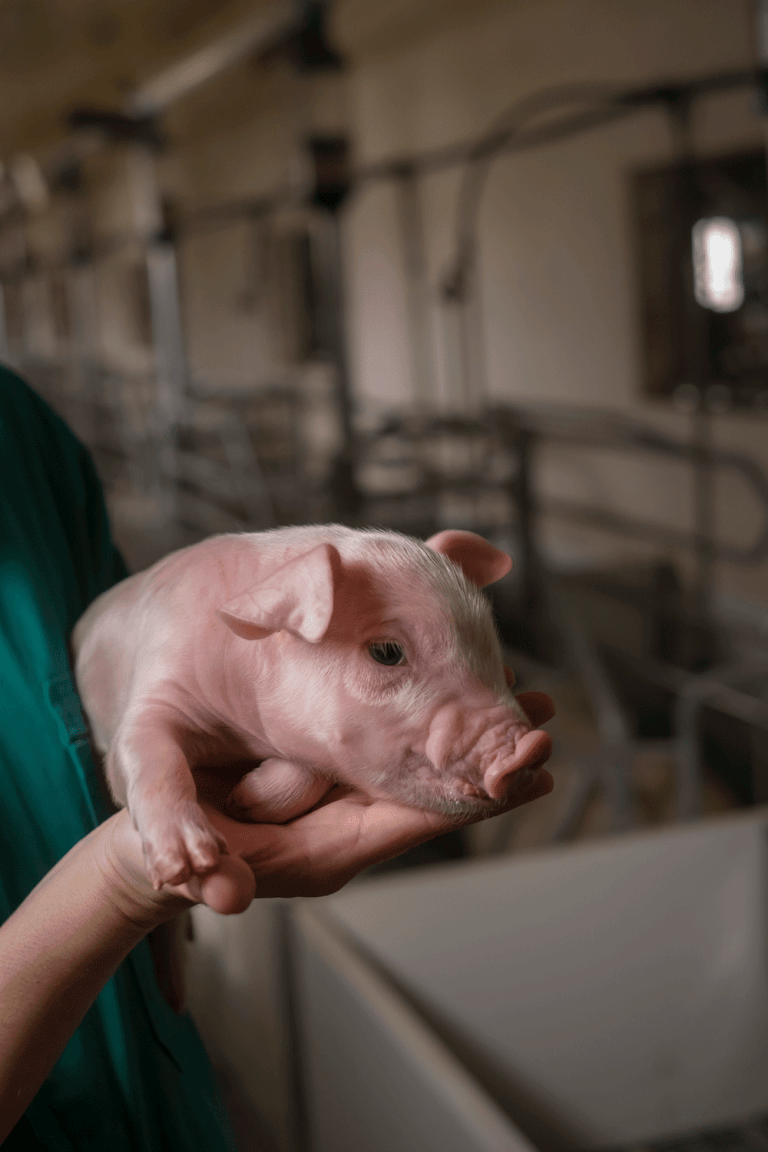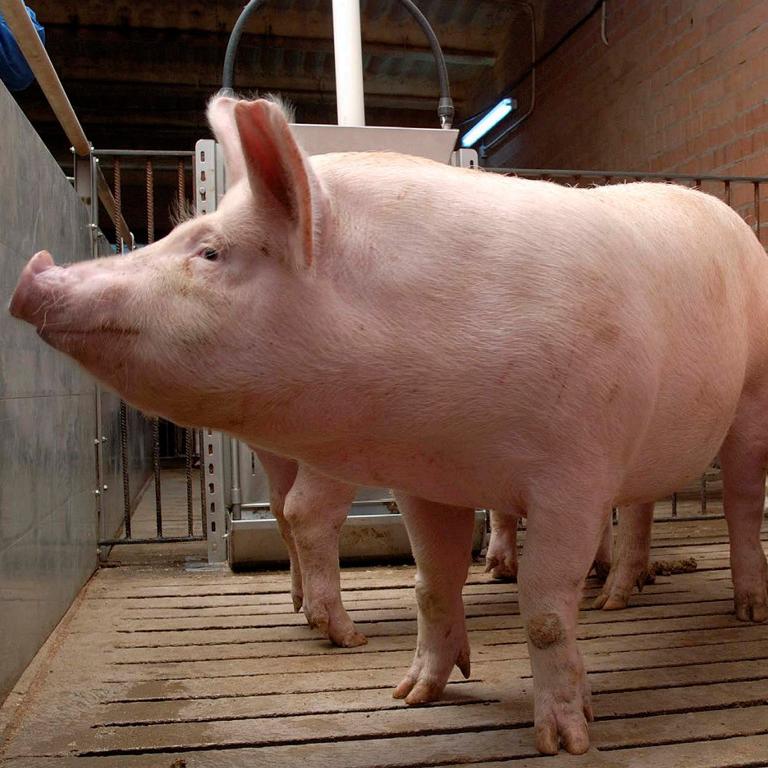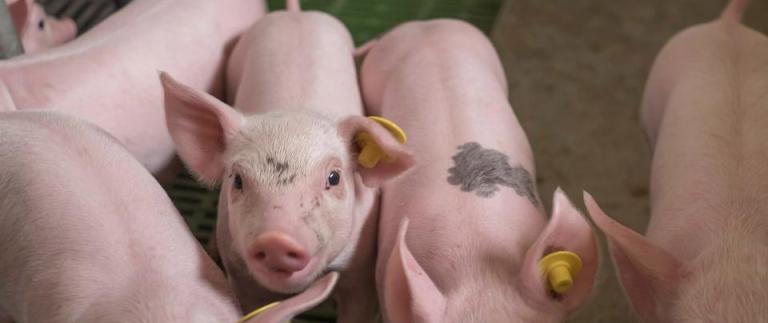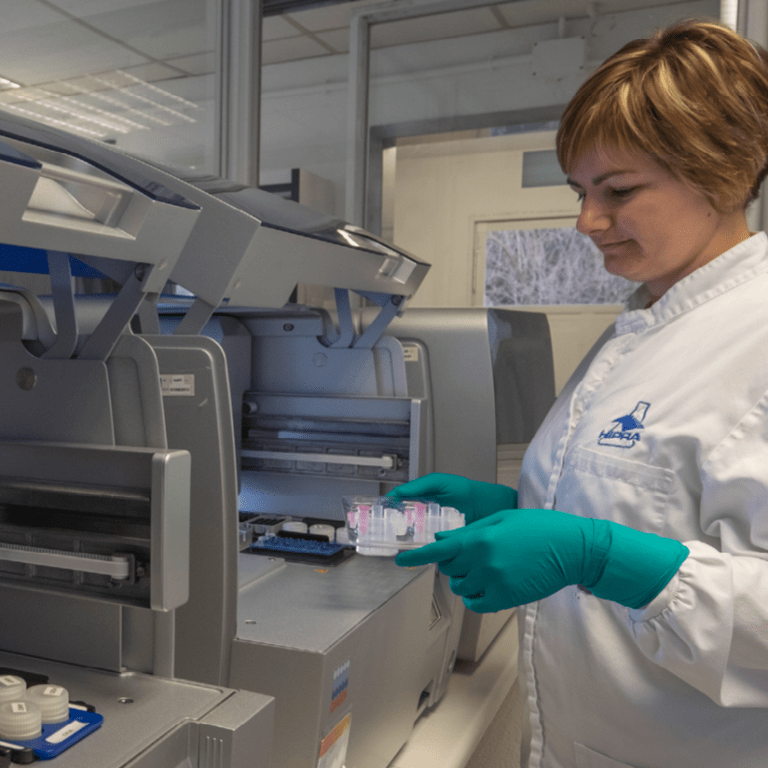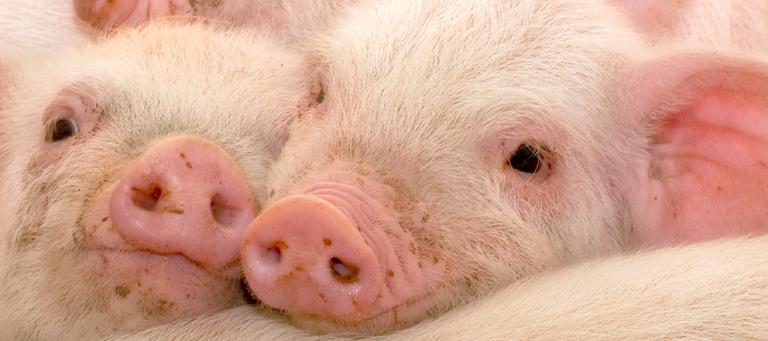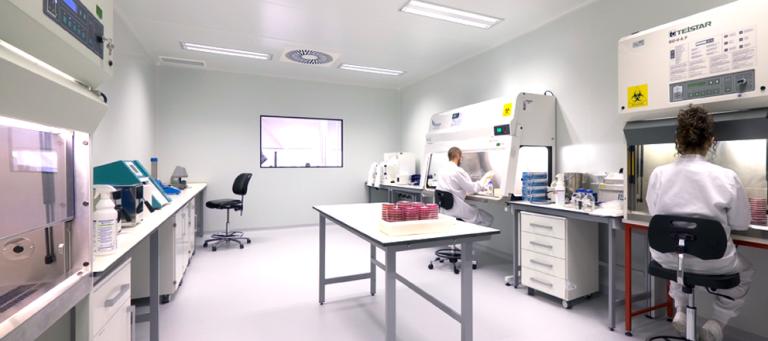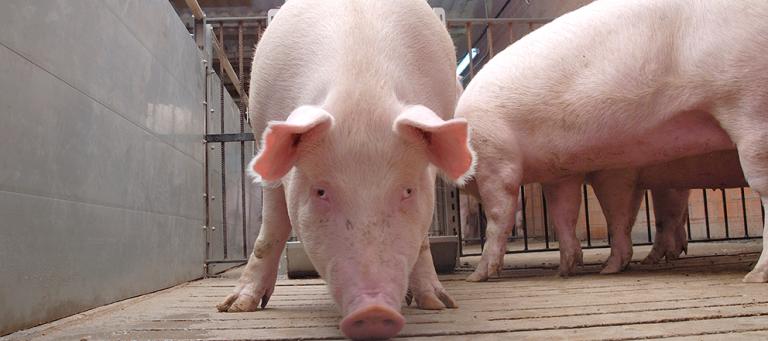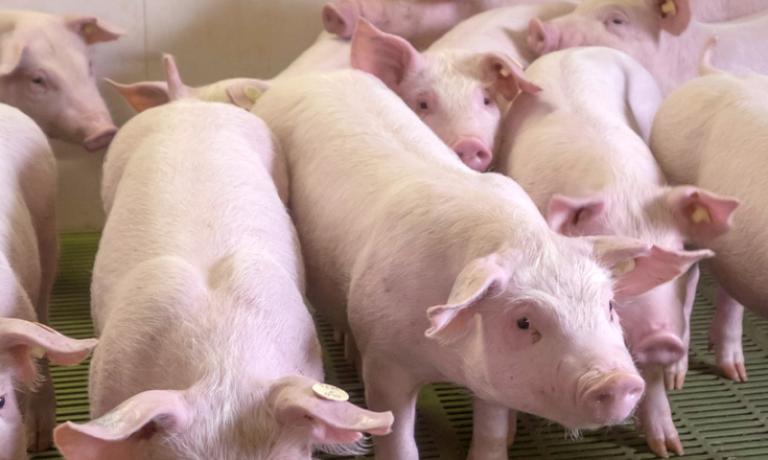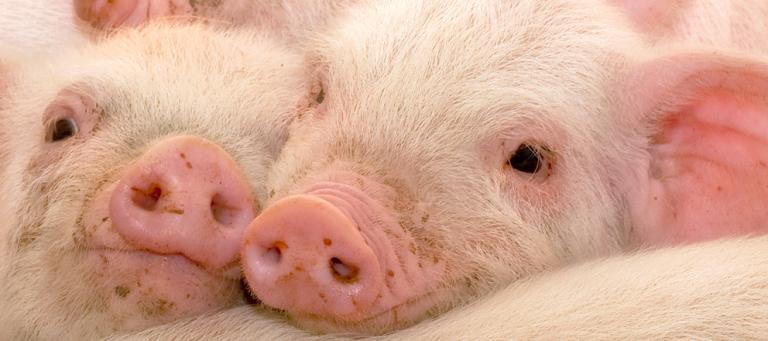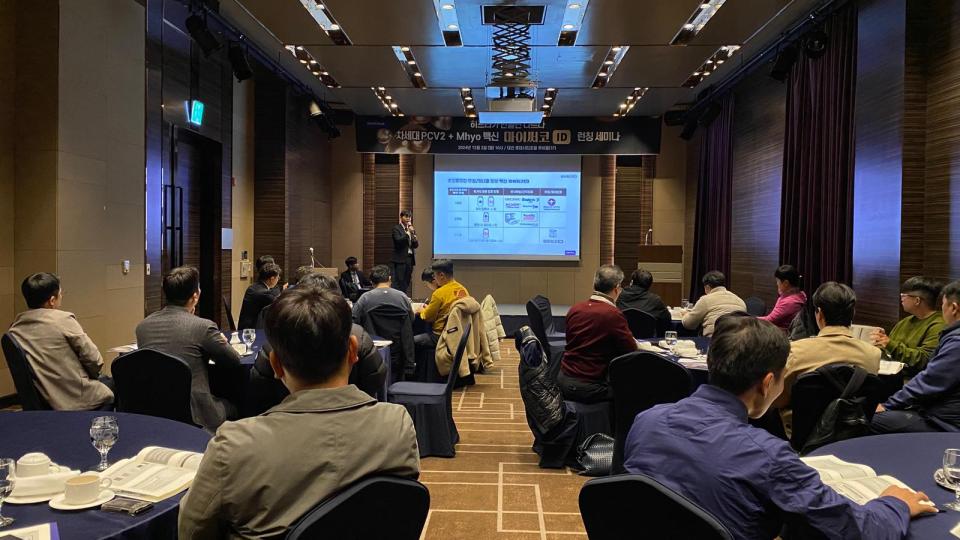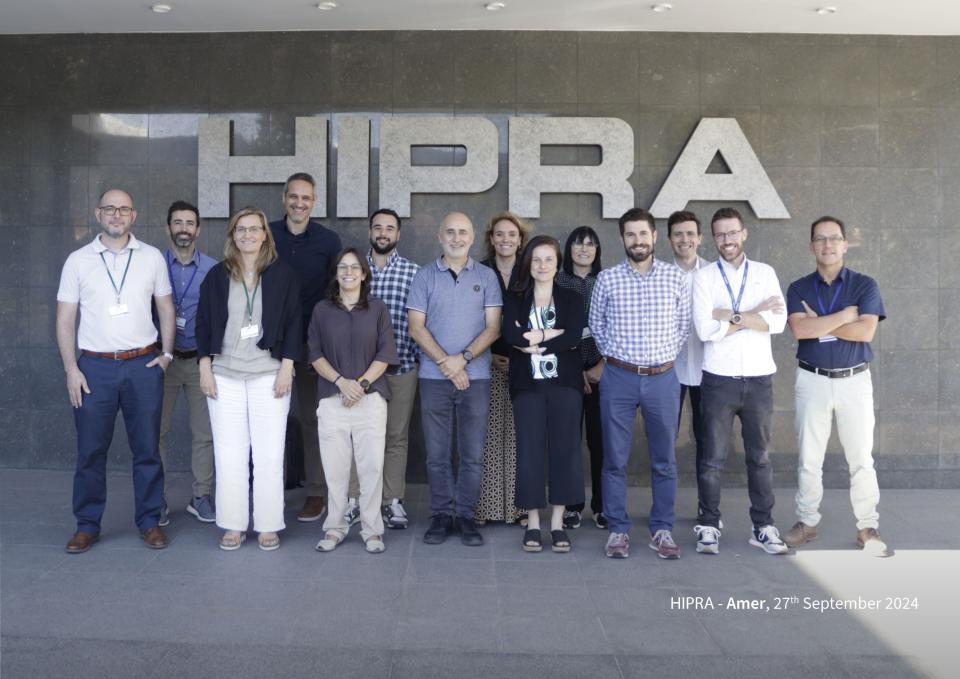Welcome to the space that will provide you all the knowledge you need to know about this bacterium categorized as re-emergent:
EPISODE #2: Swine Erysipelas, 20 years as a vet practitioner dealing with the disease

Graduated in 1998 in Barcelona, he achieved a Master of Science degree in Pig Production at the University of Aberdeen in 1999 and moved to work in meat inspection for 11 months in Great Britain. Later he moved to work in a pig veterinary practice in Ireland, North and South, where he has been practising for the last 22 years. He received the Certificate in Pig Medicine by the Royal College of Veterinary Surgeons in 2007.

Veterinary specialist in swine and MSc by the University of Zaragoza and eMBA studies by the Barcelona School of Management (Pompeu Fabra University).
Currently, Global Franchise Manager of the Sow Franchise in HIPRA.
Many vets, usually link the pathogen causing Swine Erysipelas exclusively with the well-known skin diamond lesions, but this disease goes much further than this, as this is only the tip of the iceberg. During years, have been well controlled with the vaccines, and in some cases, especially in the fattening phase, its effect has been mitigated using antibiotics. If we want to continue having this pathogen under control during the upcoming years, different factors must be considered.
Jesús Borobia will share with us his experience on controlling this disease. We will review which are the production conditions that can lead into clinical symptoms, how to monitor the farms and stablish a vaccination plan in case of necessary for the control in fatteners and, what to expect in the future with this pathogen.
What is the impact of Erysipelothrix rhusiopathiae on Irish farms?
The impact of Swine Erysipelas in Ireland is unknown. There are not studies about prevalence, cost or slaughterhouse condemnations in the UK and Ireland, and probably anywhere in the World.
But definitively, it is an endemic disease in Ireland and, in my opinion, it is underdiagnosed by the whole pig industry. Everybody is aware of the disease once there are skin lesions in the breeding herd and/or fattening herd. But this is only the tip of the iceberg.
Now that in some countries we are removing antibiotics in group treatments via feed or water, should we expect an increase in problems?
I believe that this could be an issue in some countries. In those cases where some of the risk factors I’ve listed before, and the presence of Erysipelothrix rhusiopathiae could have been mitigated by use of antibiotics, an increase in problems will be expected. For which, the use of Swine Erysipelas vaccine in fatteners has been successful in controlling the disease and identifying the biosecurity weaknesses in the unit and fixing them should be priority.
This cocktail of different variants has left the door open to old diseases that we thought we had left in the past such as Swine Erysipelas, Brachyspiras, Lawsonia, Gut Oedema… just to name a few.




